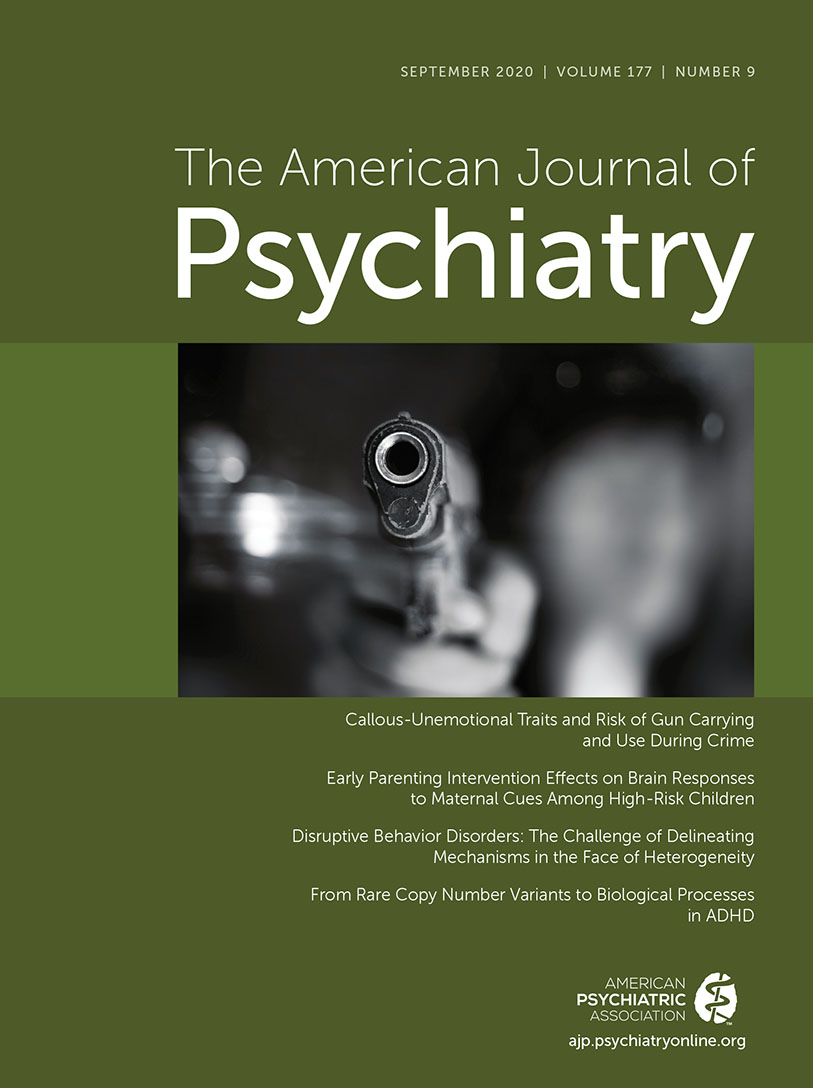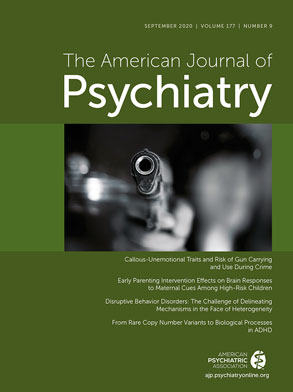Unfortunately for mariners, the total amount of wave energy in a storm doesn’t rise linearly with wind speed, but to its fourth power. The seas generated by a forty-knot wind aren’t twice as violent as those from a twenty-knot wind, they’re seventeen times as violent.
—Sebastian Junger, The Perfect Storm: A True Story of Men Against the Sea
The spread of the severe acute respiratory syndrome coronavirus 2 (SARS-CoV-2), the virus that causes the COVID-19 disease, has caused one of the worst pandemics of the past century. Among many ongoing efforts, it is important to identify categories of patients who are more susceptible to COVID-19 infection and its sequelae. Here, we aim to raise awareness of patients with alcohol and substance use disorders. These disorders represent a dramatic public health crisis that is taking a massive toll on individuals and society. As the opioid epidemic has shown us, responding to this crisis is challenging because many factors (e.g., the neurobiology of alcohol and substance use disorders, the availability of and access to effective treatments, prevention strategies, and the sociocultural context) need to be addressed simultaneously. Given the COVID-19 pandemic, tackling the alcohol and substance use disorder crisis may be even more problematic because, as in a perfect storm, a combination of elements serves to worsen the already complex clinical conditions of patients with these disorders. The consequences of this storm may spread long after the pandemic is resolved and may affect a large proportion of the population, beyond individuals with current alcohol and substance use disorders.
Individuals with alcohol and substance use disorders present specific medical risk factors, making them more vulnerable to COVID-19 infection and its sequelae. Both alcohol and drugs of abuse dampen the immune system response (
1), increasing the risk of respiratory infections and their complications. Moreover, patients with alcohol and substance use disorders may be more prone to develop infection-related consequences, given the high rates of cardiovascular and pulmonary comorbidities linked to misuse of alcohol, opioids, and stimulants. There are also reports of cerebral involvement by COVID-19 (
2) that could have an effect on mental state and/or alcohol and substance use, and it is conceivable that such direct interaction between the virus and the abnormal brain in patients with alcohol and substance use disorders may exacerbate both disorders. Furthermore, cannabis and nicotine consumption are linked to specific COVID-related risk factors, and smoking is often associated with prolonged respiratory symptoms that may overlap with COVID-19 symptoms, leading to misdiagnosis and unnecessary hospital admissions. Disruption of illicit drug markets and closure of liquor stores may result in increased risk of withdrawal, which, for alcohol in particular, may have life-threatening consequences but may also induce patients to engage in higher-risk behaviors to alleviate withdrawal (e.g., drinking toxic products containing ethanol; violating quarantine to seek drugs), which can further expose them to COVID-19 infection or other harms. People who inject drugs may suffer from low availability of sterile products, increasing risks of HIV and other infections (
1). For these reasons, and given the high transmissibility of SARS-CoV-2, it is important to consider viral testing for individuals with alcohol and substance use disorders.
The COVID-19 pandemic is also acting as a severe stressor, with millions of individuals experiencing fear, anxiety, and social isolation over a prolonged period. Protracted exposure to stress has long been known to increase symptom severity (e.g., craving, consumption) and risk of relapse in patients with alcohol and substance use disorders. Furthermore, a positive association has been reported between exposure to stress during both adolescence and adulthood and vulnerability to alcohol and substance use disorders (
3). For example, higher use of alcohol and drugs has been found in survivors of traumatic events like Hurricane Katrina (
4,
5) and the September 11, 2001, terrorist attacks (
6,
7).
Chronic stress may trigger alcohol and drug use by inducing profound adaptations in circuits implicated in networks involving motivation, reward, behavior, and cognitive control. These alterations can lead to impulsivity, poor decision making, malaise and negative emotional states, and decreased ability to regulate stress, all factors that contribute to increased risk for alcohol and substance use disorders. Importantly, dysfunctions in these circuits are also observed as a consequence of prolonged exposure to alcohol and drugs, indicating that stress and addictive agents interact synergistically to drive and maintain compulsive alcohol and drug use. It is crucial to consider that stress-, alcohol-, and drug-related alterations in the brain are all long lasting, thus indicating that their effects persist even when the stressor passes or when the individual reaches abstinence (
8,
9). Specific examples of factors associated with stress and their consequences that contribute to alcohol and substance use disorders include pain perception (
10,
11), social isolation, and access to appropriate treatments, as detailed next.
Social isolation represents an important factor by which the COVID-19 outbreak will likely affect outcomes related to alcohol and substance use disorders. Prolonged exposure to social isolation, which itself can be considered a stressor, has been consistently linked with increased vulnerability to alcohol and drug use (
12). Furthermore, there is evidence that the efficacy of several interventions for alcohol and substance use disorders, including Alcoholics Anonymous and Narcotics Anonymous, relies on providing social support to patients. With individuals required during the pandemic to spend more time in their residence, a surge in at-home alcohol drinking and drug use may occur, especially among those individuals already at risk. Also notable is the increased risk of domestic harms, including domestic violence, related to substance use, especially alcohol.
Finally, we need to consider the challenges related to the availability of and access to treatments for individuals with alcohol and substance use disorders during the COVID-19 pandemic. These challenges are not new per se; in fact, evidence-based treatments are often not provided to individuals with these disorders (
13). This significant medical and public health issue is related to several distinct yet overlapping causes, which include stigma surrounding the misuse of alcohol and drugs, the lack of appropriate access to resources to combat addiction, and the limited education and training on alcohol and substance use disorders provided during medical school, residencies, and other clinical training programs. All of these issues may be further complicated during the COVID-19 pandemic. As a result, individuals suffering from alcohol and substance use disorders may be even more marginalized at a time when the urgency of addressing a serious and deadly pandemic may take priority over managing this chronic health condition. Patients with these disorders may fail to continue their usual treatment program or to initiate one, may not have easy access to medications to curb craving and withdrawal, and may experience large unmet needs because of service availability and financial barriers but also as a consequence of stigmatization. Furthermore, patients may experience decreased availability of both social and health care resources even after the COVID-19 pandemic resolves.
In this context, we should use any means available to treat patients, including directing them to resources on the websites of the National Institute on Alcohol Abuse and Alcoholism and the National Institute on Drug Abuse. Online mutual support programs could be effective in helping individuals with alcohol and substance use disorders (
14). Online counseling and meetings with care providers can be very helpful when in-person treatment options are not available. Clinicians can use telemedicine to evaluate withdrawal symptoms and associated risks, avoiding frequent emergency department visits. Telemedicine can and should also be implemented to provide behavioral treatments with proven efficacy for patients with alcohol and substance use disorders (
15) who are attempting to reduce or stop alcohol and/or drug misuse, as well as for those individuals working to maintain recovery or abstinence. However, patients with these disorders often suffer from low socioeconomic status and poor living conditions, and patients who are living in shelters or who cannot afford electronic devices may find it difficult to access telemedicine or other online services.
Medications for alcohol and opioid use disorders and for smoking cessation should be prescribed remotely. The benefits from remote therapies include the application of targeted and effective personalized interventions, reducing the frequency of in-person visits as well as prescription refills (e.g., depot buprenorphine, as it offers the opportunity to limit treatment contacts to once a month). The amounts of take-home methadone should be increased, which is important because if patients need to wait in long lines and crowded spaces for methadone, it will be difficult to comply with physical distancing recommendations (which in turn will increase the risk of COVID-19 infection). Indeed, such approaches for methadone, as well as other approaches for patients with opioid use disorder (e.g., telemedicine-based prescription of buprenorphine), have been implemented during the pandemic. Although these measures are temporary, we hope that these changes may lead to long-term improvements in addiction medicine beyond the pandemic. Furthermore, harm reduction programs, including community-based programs offering naloxone distribution, should also be broadly implemented as part of the COVID-19 response.
Finally, it is also important to keep in mind that, in addition to the potential harmful role of the ongoing pandemic for individuals with current alcohol and substance use disorders, the pandemic may play a critical role in promoting heavy alcohol drinking and misuse of drugs, increasing the risk of future development of these disorders. Indeed, stress and social isolation, as well as unemployment and related financial burden, may all represent critical risk factors for the general population in the development of these and other psychiatric disorders, which in turn may lead to alcohol and substance use disorders.
In conclusion, patients with alcohol and substance use disorders face unique vulnerability factors during this dramatic global health crisis. Considering the current and long-term impact that the COVID-19 outbreak will have on individuals with alcohol and substance use disorders, it is critical to ensure that these patients continue to have access to available and appropriate treatments. Indeed, in these unprecedented times, treatment services for patients suffering from these disorders should be enhanced, and access should be prioritized and maintained.

